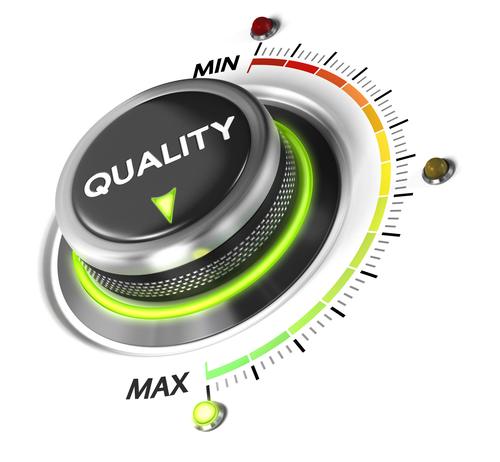Air gages are instruments that are used to measure surfaces by ejecting a stream of air onto the surface, which is then read by sensing nozzles. These sensing nozzles then transfer the readings to a calibrated scale. Air gages are exceptionally good at measuring internal diameters with high precision. The display end of air gages has evolved over time and now allows for digital readings. Modern air gages also have data ports that make it easier to download or transfer of data to computers and other analytical machines for more precise readouts.
Air gaging tools are an important part of a Quality Management System (QMS). Air gages allow a manufacturing process to determine if the quality of products being produced meets set standards. Let’s find out how you can go about incorporating air gages into your QMS.
Air Gaging In Quality Management
In a manufacturing process, it is important that the quality assurance managers be able to precisely assess the dimensions of all manufactured parts. This is especially important for products, which form and build does not easily lend itself to straight-forward gaging though calipers and other kinds of gages. Internal diameters, for example, lend themselves perfectly to air gaging.
Line managers in processing plants can decide if they want to test every product (for example, when manufacturing high-value, very precisely-molded products) or they could design a system where random samples are picked from the line and tested at set intervals. Either way, air gages help a quality control system ensure that all products coming off the line adhere to a very particular standard.
Setting Up Air Gages For Your QMS
Air gages are designed and manufactured to fit the application that they will be used for. One of the most pertinent questions that quality assurance managers ask is, “What is the most appropriate air gage to use for my manufacturing process?” To answer this question, quality assurance managers need to think through what tolerance they are trying to control, the surface finish of the product being tested and the overall environment in which the air gage will be used. Answers to questions will begin to point the quality control staff towards the right kind of air gages to use in their system.
Other Important Factors
When adding air gages into your QMS, you have to also consider what will happen to the data that is generated by the air gages. There are several options when it comes to this. If the manufacturing process is a relatively simple one, there might not be any need for further analysis of data beyond a simple reading to gage if the product conforms to a required standards or not. In more complex QMS processes, it might be important for the data to be sharable and for the system to be able to pass on the output to other analytical processes. This means that when acquiring the air gage, one has to be conscious as to whether the air gage is able to process, and share output as required by the QMS.
Setting up air gages in a QMS is an important step to ensure that a high level of quality is achieved. Before you get your air gages, ensure that you understand quality management processes clearly so that you can get an air gage that is just right for the system you have in mind.





